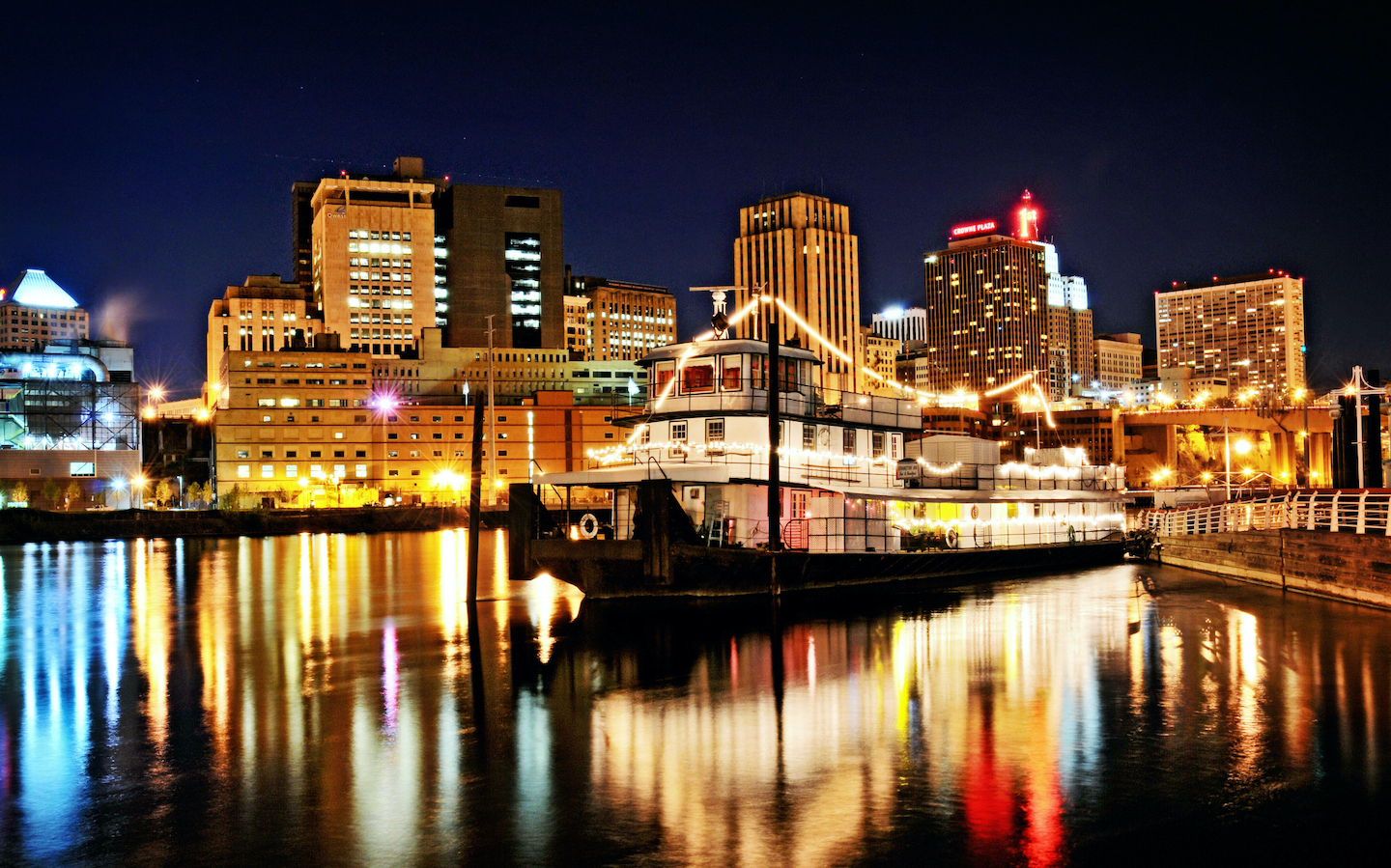Sewer Rehabilitation Projects
Yearly, the Public Works Sewer Utility hires Contractor(s) to rehabilitate deteriorated city owned sewers by installing sewer liners. Instead of digging up the street and installing a new sewer pipe, the sewers are repaired by installing a pipe liner within the existing sewer. The sewer liner creates a new long-lasting pipe within the old sewer.
City owned sewers are inspected on a ten year cycle. When a sewer is inspected, a pipe rating is created. Based on review of the sewer inspection data, we determine if and when a sewer needs to be rehabilitated. We do try to coordinate sewer rehabilitation or lining work with street reconstruction projects; it isn’t always possible due to time and budget constraints.
The process of lining a sanitary sewer involves cleaning the sewer and then constructing a sewer liner.
The City has been rehabilitating sewers by installing liners since the 1990’s. There is about 800-miles of mainline sanitary sewer. Over 200-miles of mainline sanitary sewers have been rehabilitated with sewer lining. Yearly, we line about 10-miles of sewer.
Sewer liner construction is done without excavation by:
- Inserting a resin saturated felt tube made of polyester through existing manholes.
- The resin in the felt tub is cured by a boiler that circulates hot water or steam.
- Connections to private sewer services are restored by the use of a robotic cutter.
There is a potential for properties to experience glue like smells during the sewer lining process. To reduce the possibility of smells, on the date of sewer lining, we request that you pour about one gallon of water into all floor drains and seldom used sinks and wash tubs; this will restrict potential odors from entering your property.
